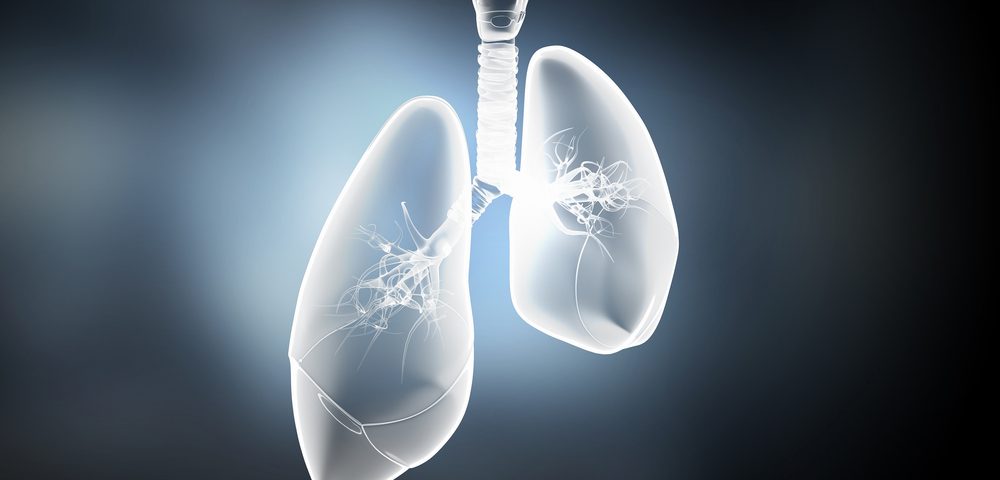Dopamine Receptors May Offer Way of Slowing or Reversing Lung Fibrosis, Early Study Reports

Activating a dopamine receptor on fibroblast cells (connective tissue cells) may help slow, or even reverse, fibrosis in mice, a study suggests.
The study, “Selective YAP/TAZ inhibition in fibroblasts via dopamine receptor D1 agonism reverses fibrosis,” was published in the journal Science Translational Medicine.
Fibrosis — abnormal scarring, which can be especially problematic in the lungs (pulmonary fibrosis) and liver (cirrhosis) — was recently shown to be driven in large part by the activity of two proteins: the yes-associated protein (YAP), and the transcriptional co-activator with PDZ-binding motif (TAZ).
YAP and TAZ proteins are transcription factors, meaning they help to turn a variety of genes ‘on’ or ‘off.’ These factors provide cells with the instructions for fibrosis development; as such, blocking their activity would seem to be a feasible approach to treat fibrosis.
But there’s a catch. YAP and TAZ also play a number of other roles that are important for cells to function normally. Indiscriminately stopping their activity is not a goal.
“We had identified the transcriptional regulatory proteins YAP and TAZ as important to the progression of fibrosis, but there were no viable approaches to target this pathway for therapy,” Daniel Tschumperlin, PhD, a researcher at Mayo Clinic and co-author of the new study, said in a press release.
The team wondered if it were possible to block the activity of these proteins only in problematic cells. Fibrosis is driven primarily by cells called fibroblasts, which produce collagen — the protein that is the main component of scar tissue, and its abnormally high production is a direct cause of fibrosis.
Researchers looked for a way to inhibit YAP and TAZ activity in fibroblasts only, in order to block the pathological scarring without affecting all other, normal functions of these proteins.
They discovered that fibroblasts in the lung and liver express a dopamine receptor, called Gαs-coupled dopamine receptor D1 (DRD1), which is not expressed by other cells in those organs.
“Dopamine is mostly studied in disorders of the central nervous system, and we were surprised to find dopamine receptors expressed in fibroblasts,” Tschumperlin said.
When researchers treated fibroblasts with agonists (activators) of DRD1, the activity of YAP and TAZ in these cells decreased, and this was accompanied by a change in the activity of the cells. Rather than producing more collagen and adding to fibrosis, the cells cleared away excess collagen (and other scar-associated proteins), which the researchers described as a shift “from [a] profibrotic to fibrosis resolving” profile.
This finding of fibrosis-resolving fibroblasts was also seen in mouse models of cirrhosis and pulmonary fibrosis, demonstrating that this phenomenon occurs in living animals — though whether it works the same way in humans remains to be seen.
The researchers did, however, find some evidence that dopamine is involved in human pulmonary fibrosis by looking at patient samples.
“We also found that the lung may be able to produce dopamine locally, and this function appears to be compromised in individuals with pulmonary fibrosis,” Tschumperlin said. “Thus, the pathway we are targeting might be part of a normal response that would limit fibrosis, but is somehow missing in patients.”
According to the team, these results offer new avenues for treating lung and liver fibrosis, particularly since drugs that act on dopamine and its receptors in the brain have been studied for decades.
“Together, these findings establish a pharmacologically tractable and cell-selective approach to targeting YAP/TAZ via DRD1 that reverses fibrosis in mice,” the study concluded.







